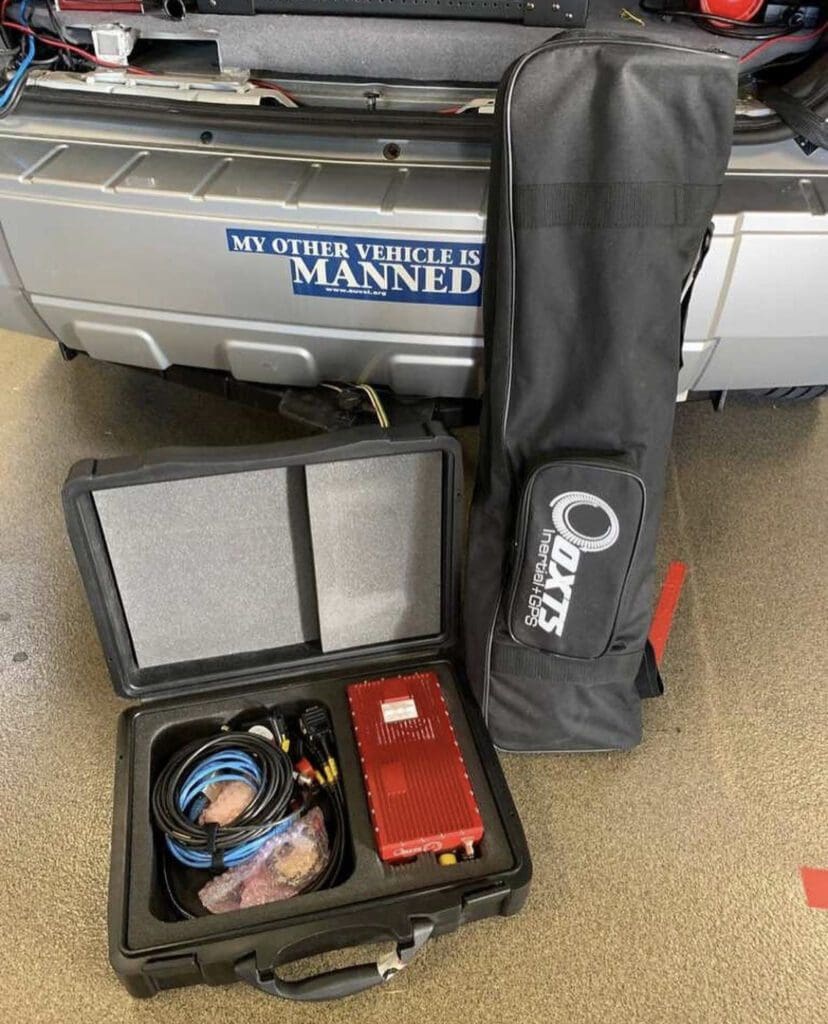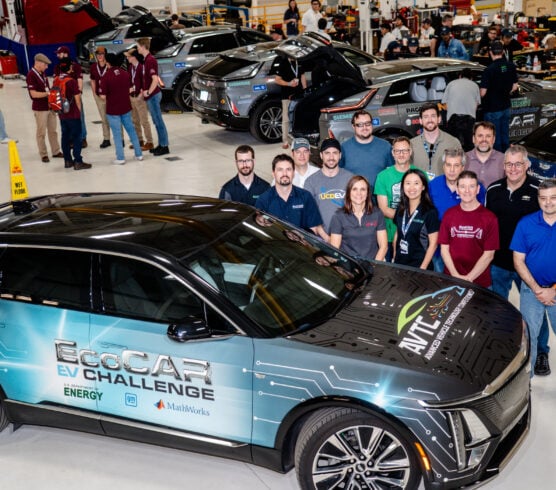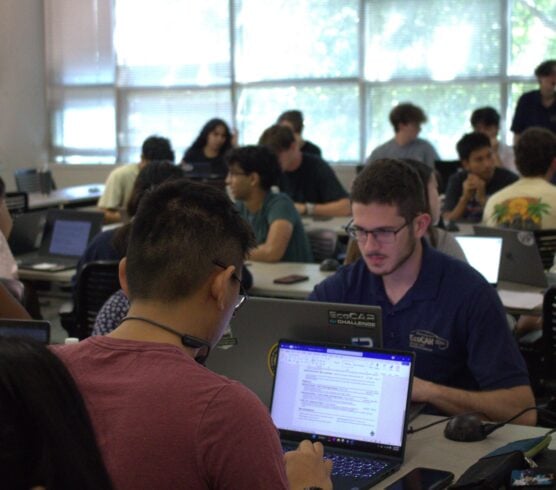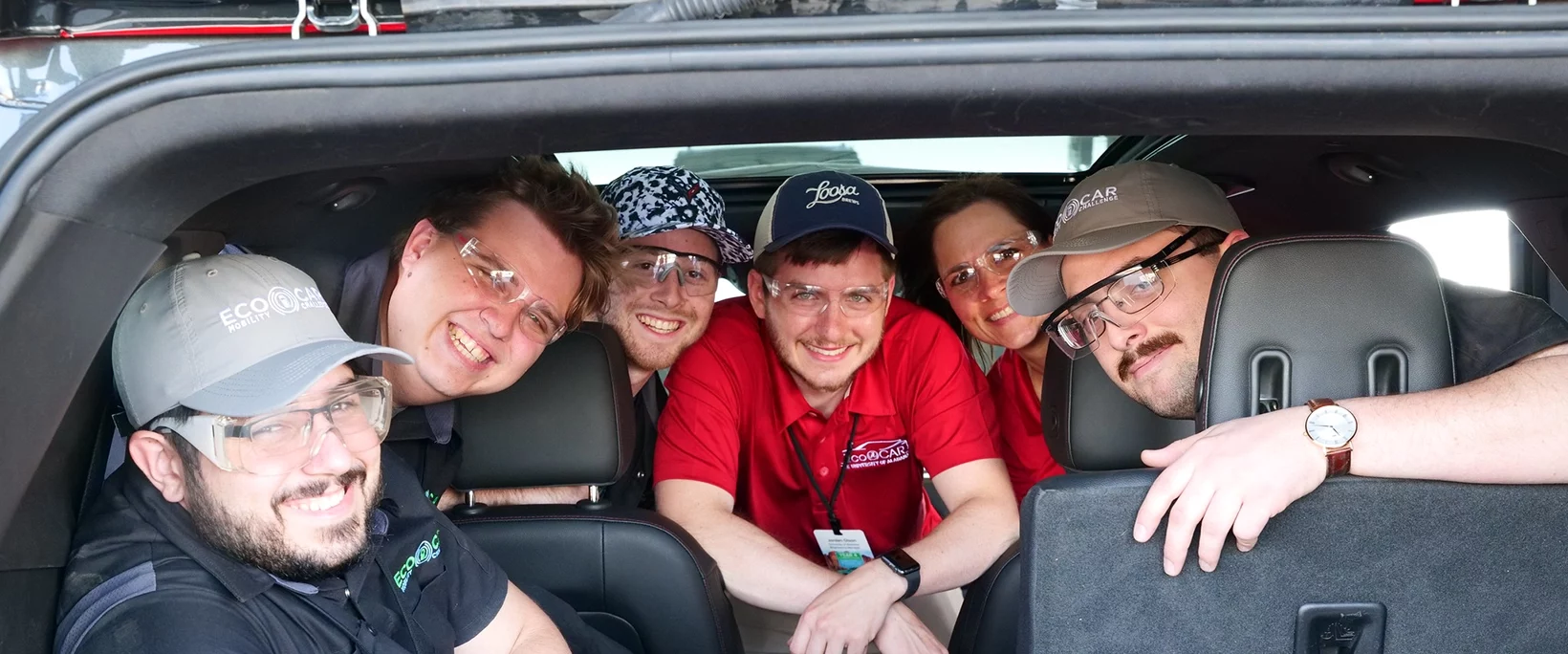
Year 3 of the EcoCAR Mobility Challenge has provided with the ERAU Connected and Automated Vehicle (CAVs) team with a new set of challenges.
The CAVs team started the year by working hard to refine their prototypes. The CAVs team set up a separate test vehicle, known as a “mule vehicle,” so that the testing would not impact the progress on integrating the team’s 2019 Chevrolet Blazer.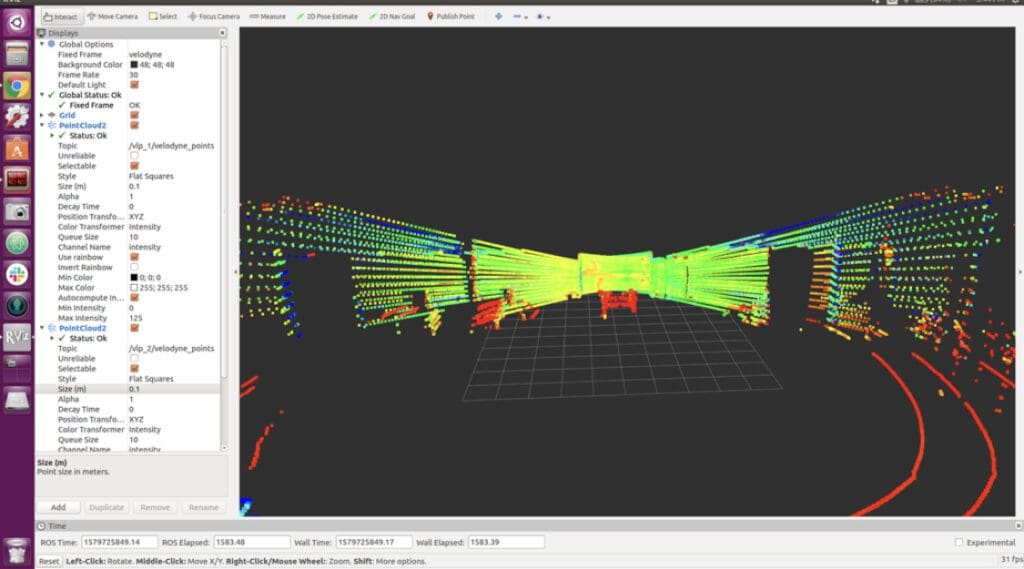
The team transferred sensors and computing hardware from the Blazer to the mule vehicle and recalibrated the entire system. In parallel with the testing, the team has been hard at work with sensor fusion refinement, Adaptive Cruise Control refinement, and V2X development.
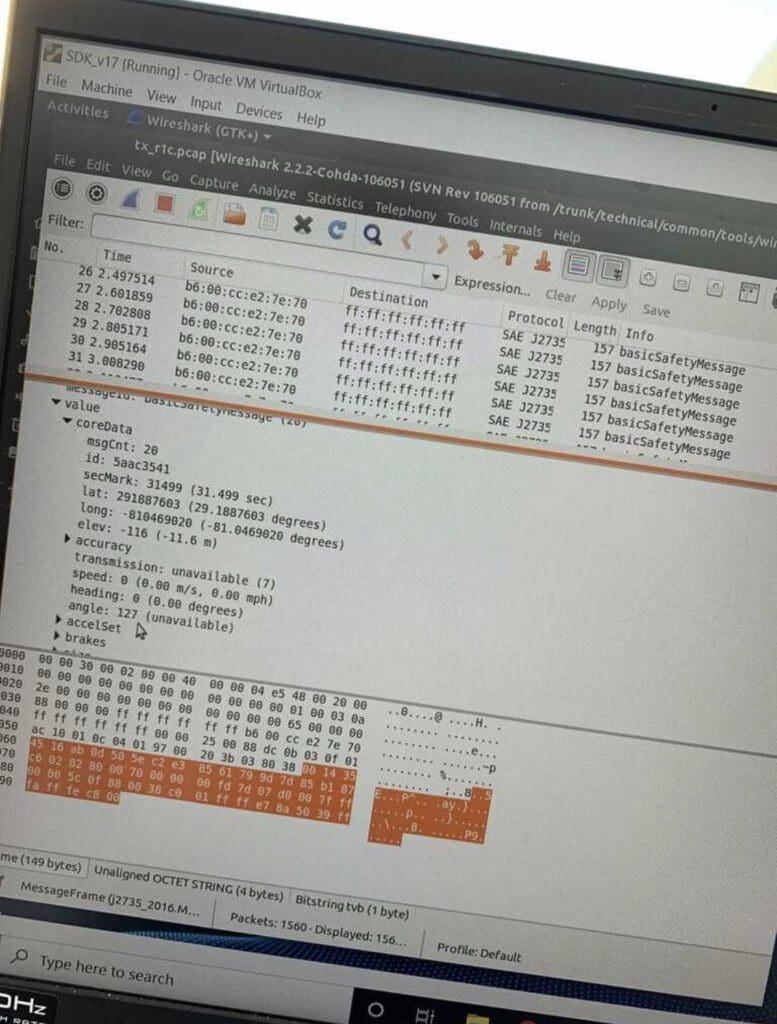
The team faced various challenges while working through the COVID19 pandemic. The team learned how to stay on task by meeting virtually via Zoom, working remotely whenever possible, and strictly following ERAU COVID19 policies when working in person on the vehicle.
Dr. Timothy Wilson, the ERAU ECE department chair is very proud of the CAVs team here at ERAU. After asking Dr. Wilson about how he feels the CAVs team is progressing this semester, he said: “I’m impressed by the progress the CAV team has made. They’ve built on the prior work in this and previous EcoCAR cycles. They’re on the way to achieving the given requirements for adaptive cruise control, and they have their eyes on requirements and opportunities coming down the pike in areas such as V2x.”
The main focus for the ERAU CAVS team is vehicle testing. The ERAU EcoEagles have secured New Smyrna Speedway as their primary testing site. Alex Bassett, the ERAU CAVs team lead, believes that sensor fusion functionality on the Blazer is the team’s main objective. The team will then focus on Adaptive Cruise Control and the Final Technical Report, which is the capstone of the semester where lateral control simulations and V2X simulations will be finalized for the competition.